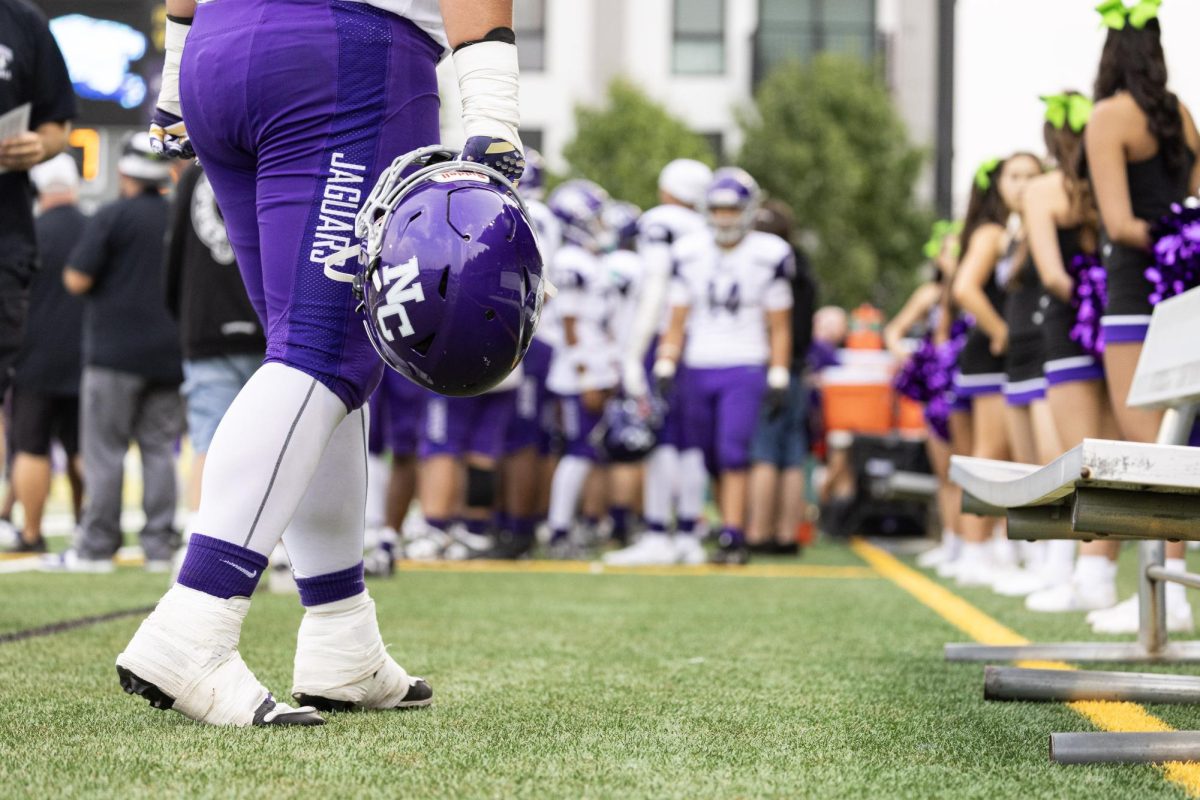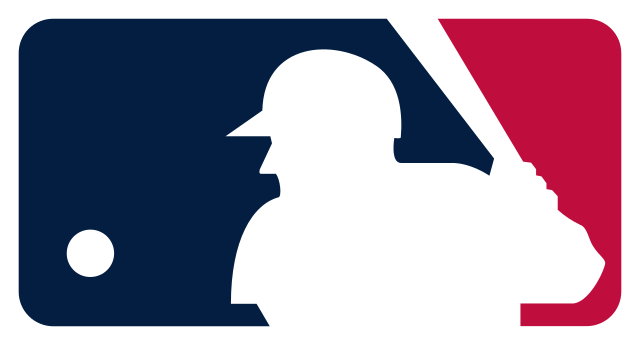The MLB has released a new set of records that include players from the Negro Leagues, and the new stats have remade the record books. This news comes as a surprise to most. Players from the Negro Leagues have taken over records in OPS (on-base plus Slugging) OBS(on-base percentage) ERA(earned runs an inning) and Batting average.
This change has brought controversy in some aspects. Some people say that since they weren’t technically MLB it shouldn’t count. Counterarguments say they should since some players are already in the Hall of Fame.
Players such as Hank Aaron. Right, Fielder. Class of 1982. Ernie Banks. Shortstop.Class of 1977. Cool Papa Bell. Center Fielder. Class of 1974. Ray Brown.Pitcher. Class of 2006. Willard Brown. Center Fielder. Class of 2006.
Roy Campanella. Catcher. Class of 1969.Oscar Charleston. Center Fielder. Class of 1976.Andy Cooper. Pitcher. And some of these players are the new record holders. Why shouldn’t they be recognized? Why did it take this long? To possibly answer this question players used to play the scheduled games one day. But on the way to the game, they might play 3-4 games called barnstorming. This would make them some extra money because the negro leagues and the MLB couldn’t pay the players enough. Babe Ruth adjusted for inflation was the highest paid in that era making 24 million dollars. This is a fraction of what players are paid today. With this being said they haven’t even completed the statistics for all these players, they are at about 75% completion. So records that have been broken now can change. Such as Pedro Martinez from 1999-2000, and in the second of those seasons, he generated a 0.74 WHIP (walks plus hits allowed per inning). That stood as the single-season record, but not anymore. In 1940, righty George Walker of the Monarchs allowed only 31 hits and seven walks across 52 innings, good for a WHIP of 0.73 that takes the top spot. This could change once they find more games and calculate these stats.
Other broken records are Gibson, with a .372 average in the official stats. Beats out Ty Cobb who had a .367 batting average. The on-base percentage also changes. league players now occupy three of the top six spots: Gibson (third, .459), Leonard (fifth, .452), and Charleston (.449). Wilson (.434) also moves into 10th place. The top two spots stay the same. Gibson also beats Babe Ruth in slugging with a .718 to Ruth’s .690.
Hall of Fame right-hander Ray Brown, went 117-43 (.731) over a much longer career (1931-45), He now ranks second, with Hall of Fame righty Bullet Rogan (fourth, .694), righty William Bell (seventh, .687) and lefty Nip Winters (10th, .679) also entering the top 10.
The recent amendments to the MLB records have sparked surprise among many, yet they stand as an essential and welcome addition to the sport’s history. The players implicated in these revisions deserve rightful acknowledgment for their achievements, warranting their place in the baseball record books. Though the sudden adjustments may have initially startled many, they symbolize a necessary stride in rectifying past oversights and promoting fairness and accuracy in the sport. This development not only impacts the MLB but also sets a precedent for recognizing and addressing historical inaccuracies, fostering positive change within the sports community and beyond.










